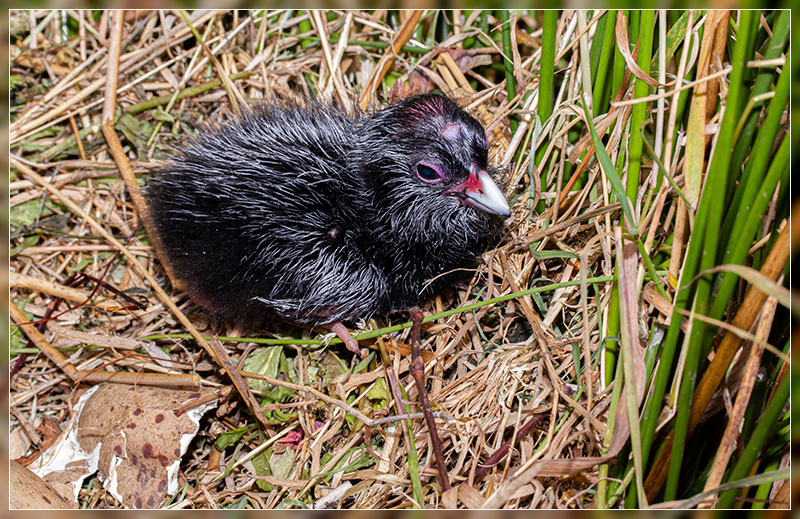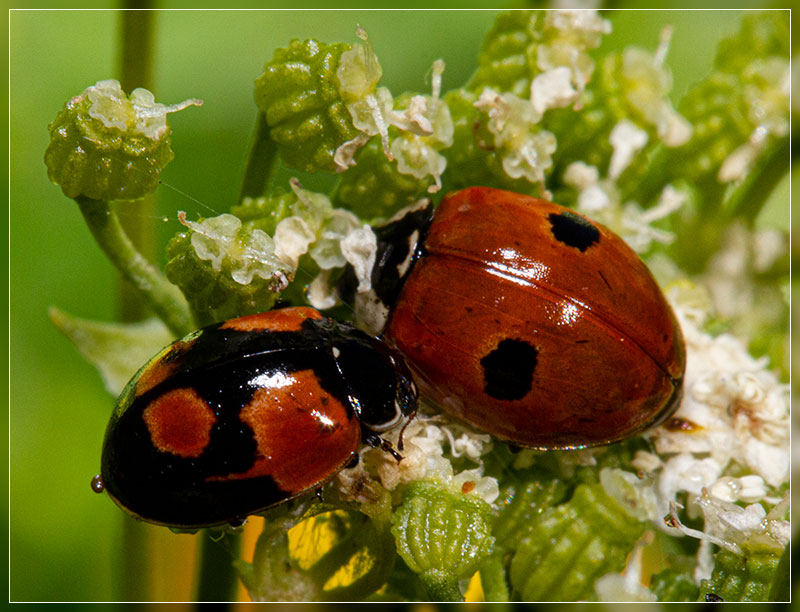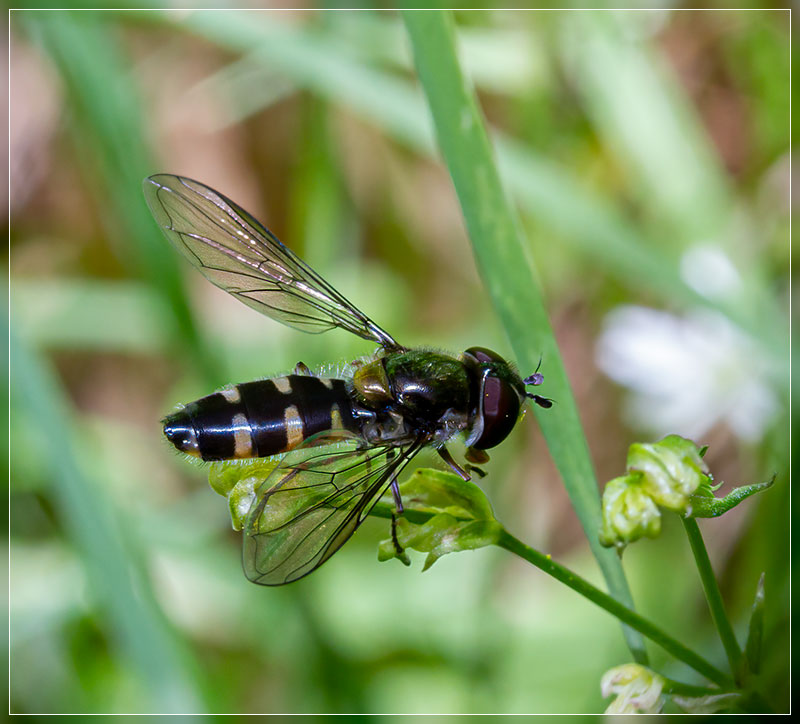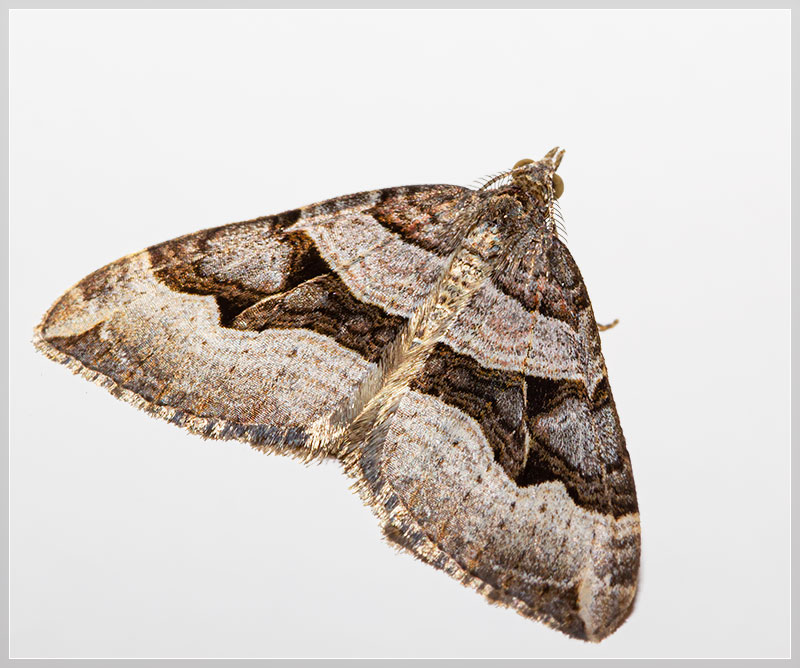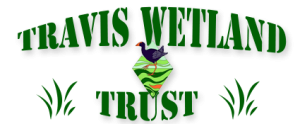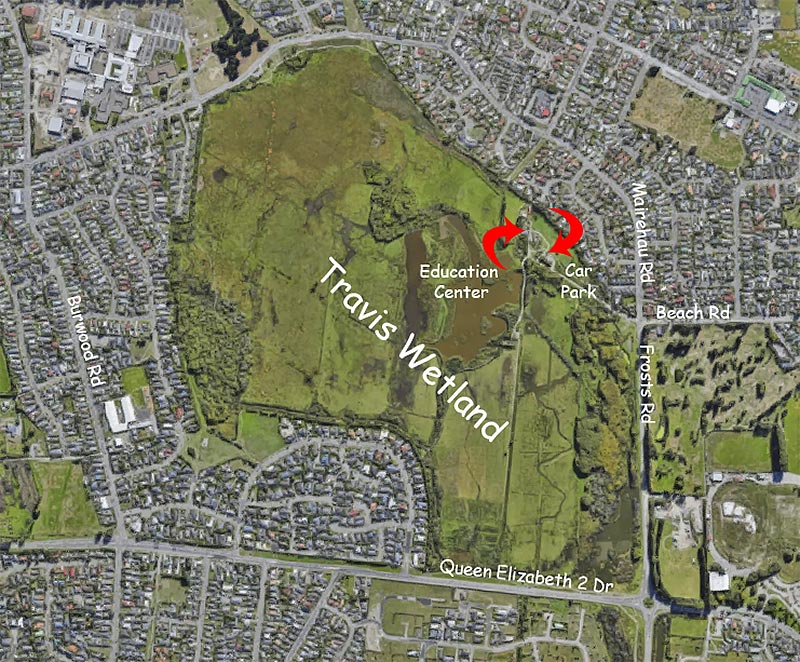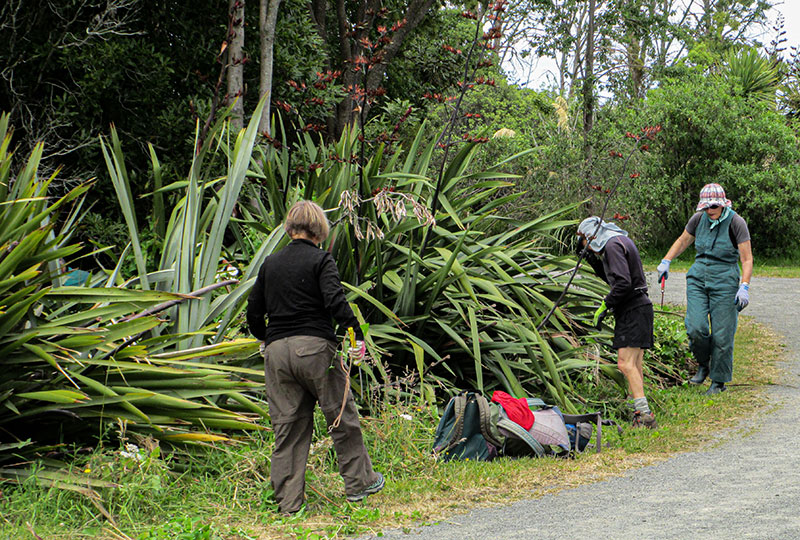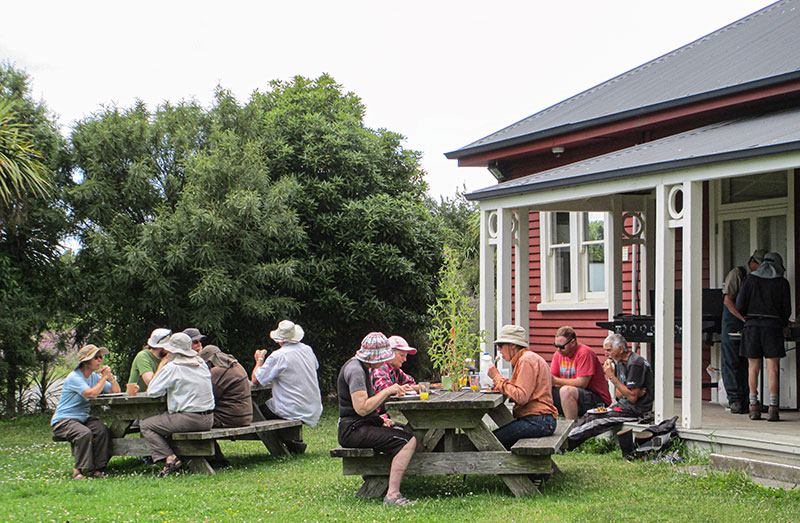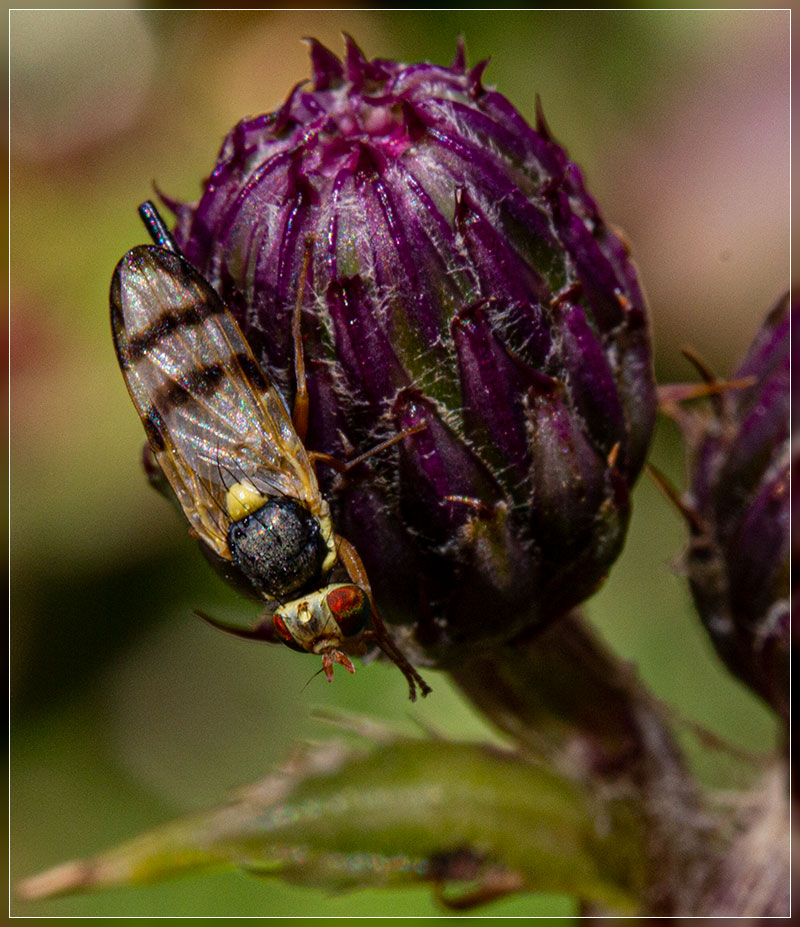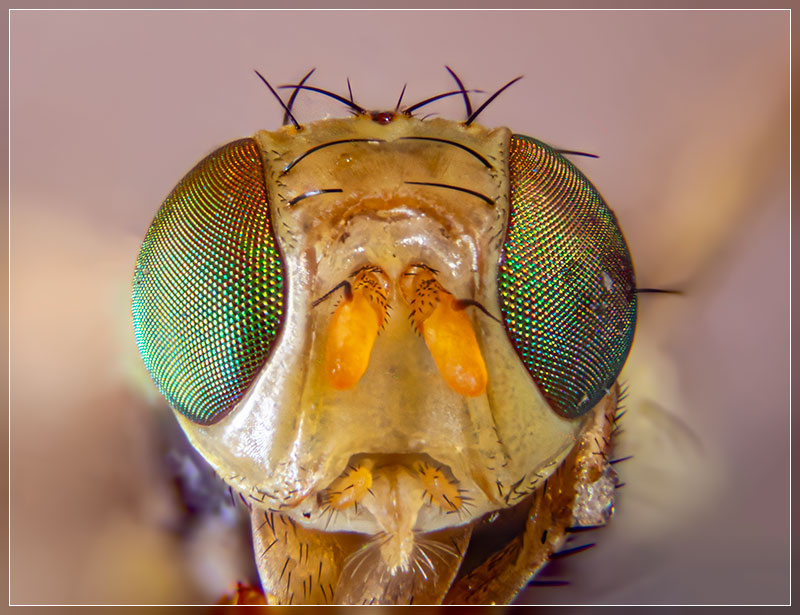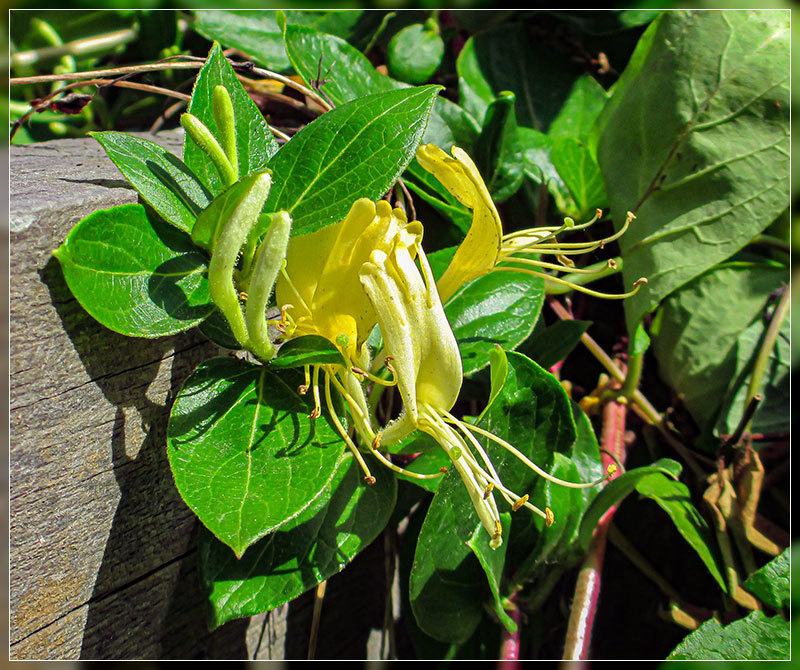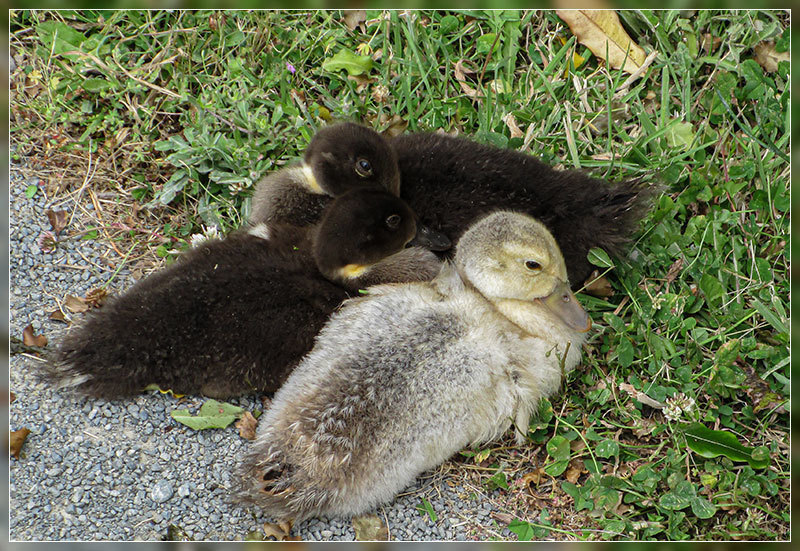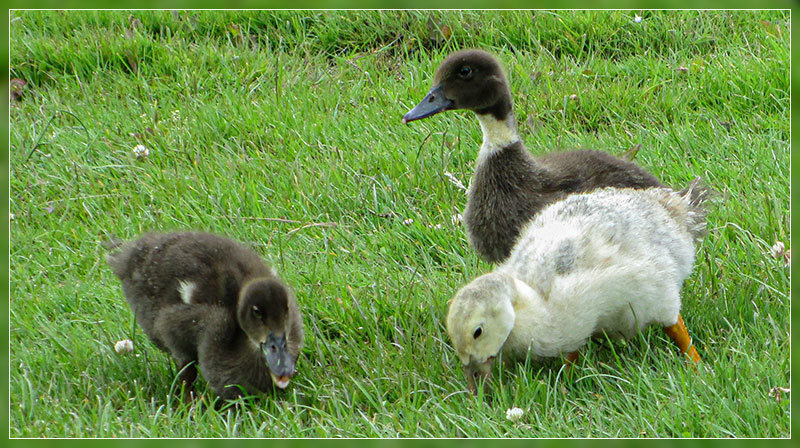Work Day Reminder, Jan 18 2020
The next Travis work day, is Saturday January 18 2020, 9 am – 12:30.
Meet at the Education Centre (the old farm house) near the Beach Rd car park at 9 am. Click on the adjacent location map for a more detailed view.
We’ll probably be doing some releasing in the tōtara/mataī forest area, but plans change with the weather! When we leave the Education Centre to work somewhere around the wetland a notice board in the porch will indicate where we have gone, if it’s not obvious. Please join us.
All tools provided. It’s liable to be wet underfoot, so gumboots are advised. If you don’t own any we do have some for loan.
Latest News
Work Day, Saturday 21 December
We had a warm, sunny morning for our last workday for the year. Sixteen people arrived and were soon very busy pulling out convolvulus near the bird hide. As usual we found many other weed species to remove and were able to release some young natives from invasive grasses. It was pleasing to see some very healthy young kahikatea growing to good heights under the canopy. We worked our way slowly back to the entrance road and removed huge amounts of convolvulus from just past the bridge.
Entertainment was provided by a cute family of fluffy ducks near the dripping water pipe. They were not at all bothered by humans close by and seemed happy to sleep in the sun between bursts of exploration (see the item below).
Thick growth of Japanese honeysuckle was found helping the convolvulus to hide a fence and some Carex secta sedges near the car park. Removing this was thirsty work and there were no complaints when lunch was announced. Cold drinks and barbequed delights expertly grilled by Kenny were rapidly demolished, leaving just enough room for a slice of Eleanor’s delicious peanut butter cheesecake . What a great way to end the year. Thanks everyone.
Article: Sue Britain, Images: Grahame Bell
Scotch Thistle Gall Fly
In the late 1990s a farmer from Wellsford – the late John Foster – led a campaign, via the local beef and lamb monitor farm group, to introduce into New Zealand an insect parasite to control scotch thistles. It was eventually released in Northland just before Christmas 1998, then later on in Canterbury, Marlborough and Southland.
This insect, known as the scotch thistle gall fly – Urophora stylata – is somewhat smaller than a house fly, deposits its eggs on the buds and flowers of the thistle. Upon hatching, the larvae bore into the centre of the seed head and devour the developing seed.
Urophora stylata is a species of gall fly in the genus Urophora and is a biocontrol agent of the thistles in genus Cirsium or Carduus. It prefers the Scotch thistle Cirsium vulgare but occasionally attacks the flower heads of the Californian thistle but does not produce a gall. It joins the Nodding thistle gall fly and the Californian thistle gall fly as a biocontrol agent in the battle against thistle in NZ.
As with most thistles, Scotch thistle decreases animal production by reducing the amount of pasture that livestock are prepared to eat as they avoid eating grass beside the spiny leaves, and also the spiny vegetation and seed pappus can decrease the quality of wool if they get into the fleeces of sheep. The cost of California thistle in lost pastoral farm revenue each year in NZ has been estimated to be around $700 million per year.
Article and images: Grahame Bell
Japanese honeysuckle ( Lonicera japonica )
This vigorous climbing weed, originally from Japan, was found on the fence by the Beach Road driveway recently. This plant can tolerate a wide range of habitats and weather conditions, rapidly producing very long stems which can smother other vegetation from ground to mid-canopy level. It has a variety of leaf shapes on its wiry stems and commonly hybridises with other cultivated honeysuckles. Flowers appear from September to May, initially as white tubular forms which turn yellow. Glossy black berries follow, though it seems that layering is a more important method of propagation. It is difficult to eradicate and cut stems require burning or deep burial. Looks like we will be busy with this species again sometime soon!
Source : Weedbusters
Article: Sue Britain, Image: Grahame Bell
Bundle of fluffy ducks
The antics of 3 cute ducklings near the Beach Road car park provided a welcome side show for volunteers in December. The ducklings showed no fear of humans and behaved as if on a photo shoot for a cute babies calendar. The largest was yellowish while the smaller ones were dark grey with white neck rings. Mother duck had pale mallard type plumage with a white neck ring and yellow eyes.
It seems likely that this family were domestic ducks (Anas platyrhynchos var. domesticus) . Domestication of ducks dates back several millennia and most likely began in China. Today domestic ducks come in a bewildering array of sizes and colours and, apart from the Muscovy Duck, all are descended from mallard (Anas platyrhynchos) .
Mallard are found throughout the world, though not Antarctica, and can interbreed with an astonishing 63 other species. This produces the huge range of appearance in offspring and threatens the extinction of many duck species around the world. Domestic ducks are often less aggressive and territorial and this results in frequent matings with mallard to produce fertile hybrids.
In New Zealand there are particular concerns about the effects of matings of grey duck (Anas supercilliosa or Pārera) with mallard. Fertile hybrids are produced and the females have plumage very close to that of mallard. To make matters worse it is still legal to hunt any of these ducks and the bushy wetland habitat preferred by grey duck is much reduced. Grey duck are classified as nationally critical and are at great risk of extinction by hybridisation.
So there is a lot to think about when we see a cute family of friendly and unusually coloured ducks. At the time of writing this it seems that only 2 ducklings remain and they are still keen to approach humans as they rapidly develop into adults.
Sources: iNaturalist, TerraNature , NZBirdsOnline , DigitalMorphology , EncyclopaediaBrittanica
Article: Sue Britain, Images: Grahame Bell
Recent Observations
Images: Grahame Bell
